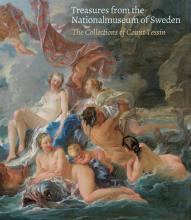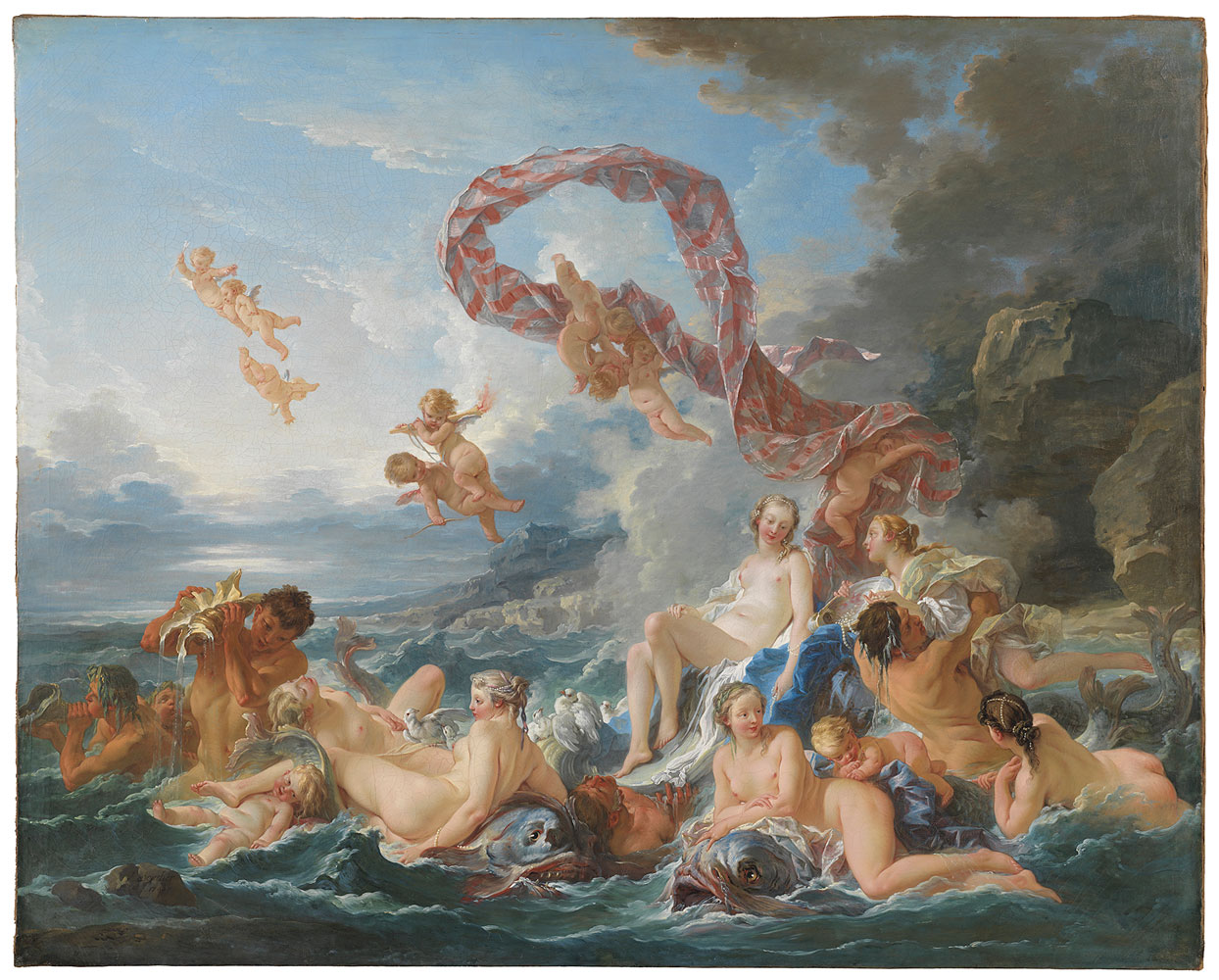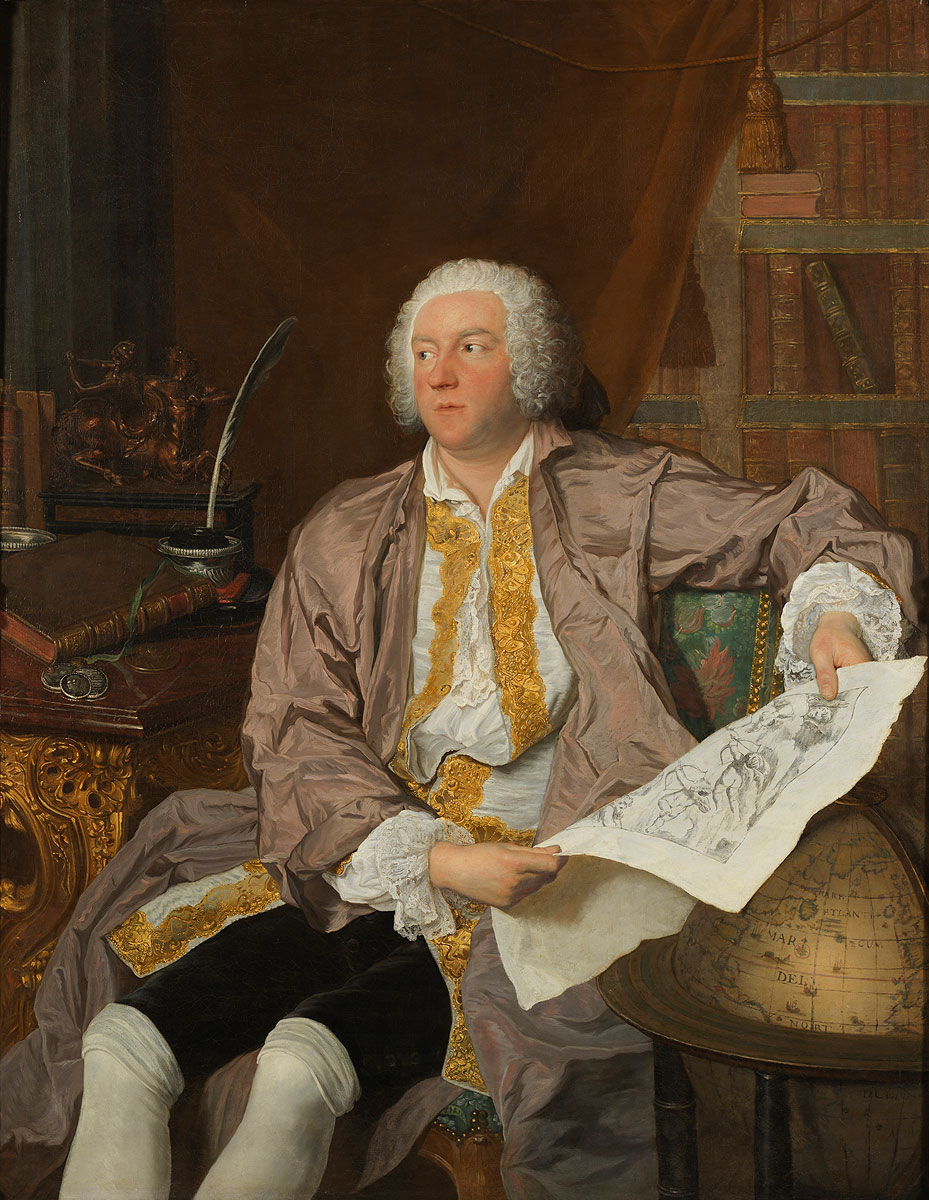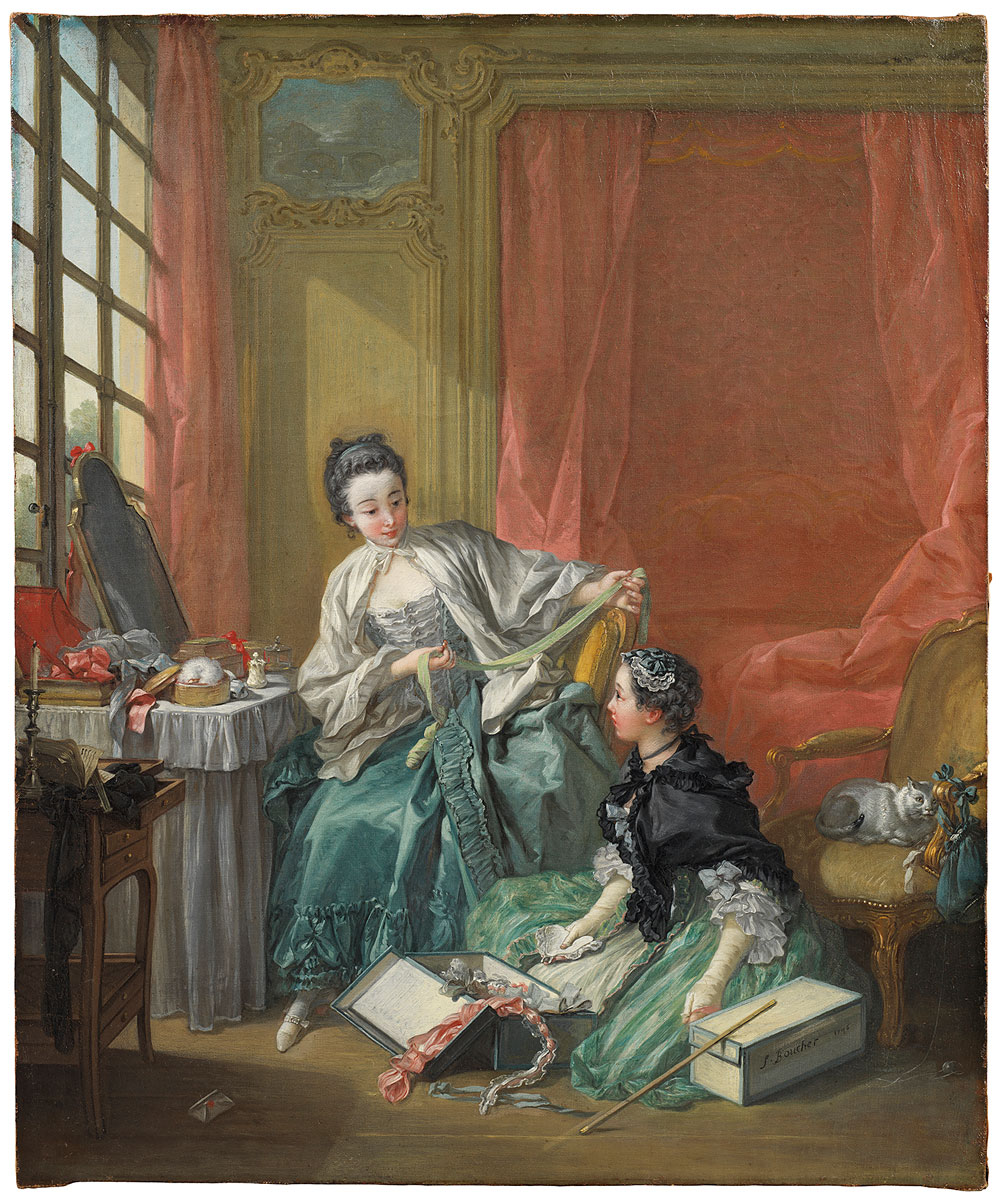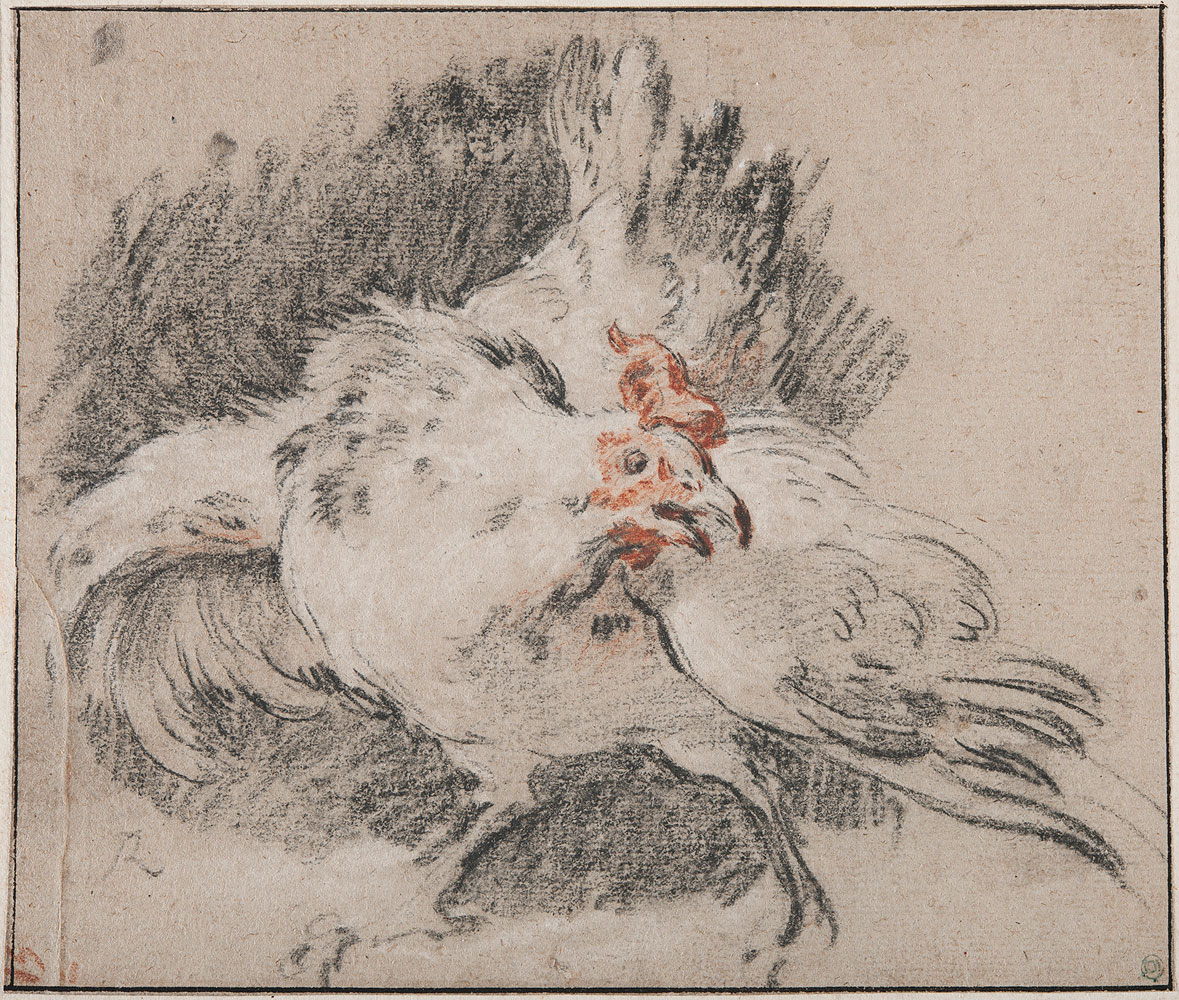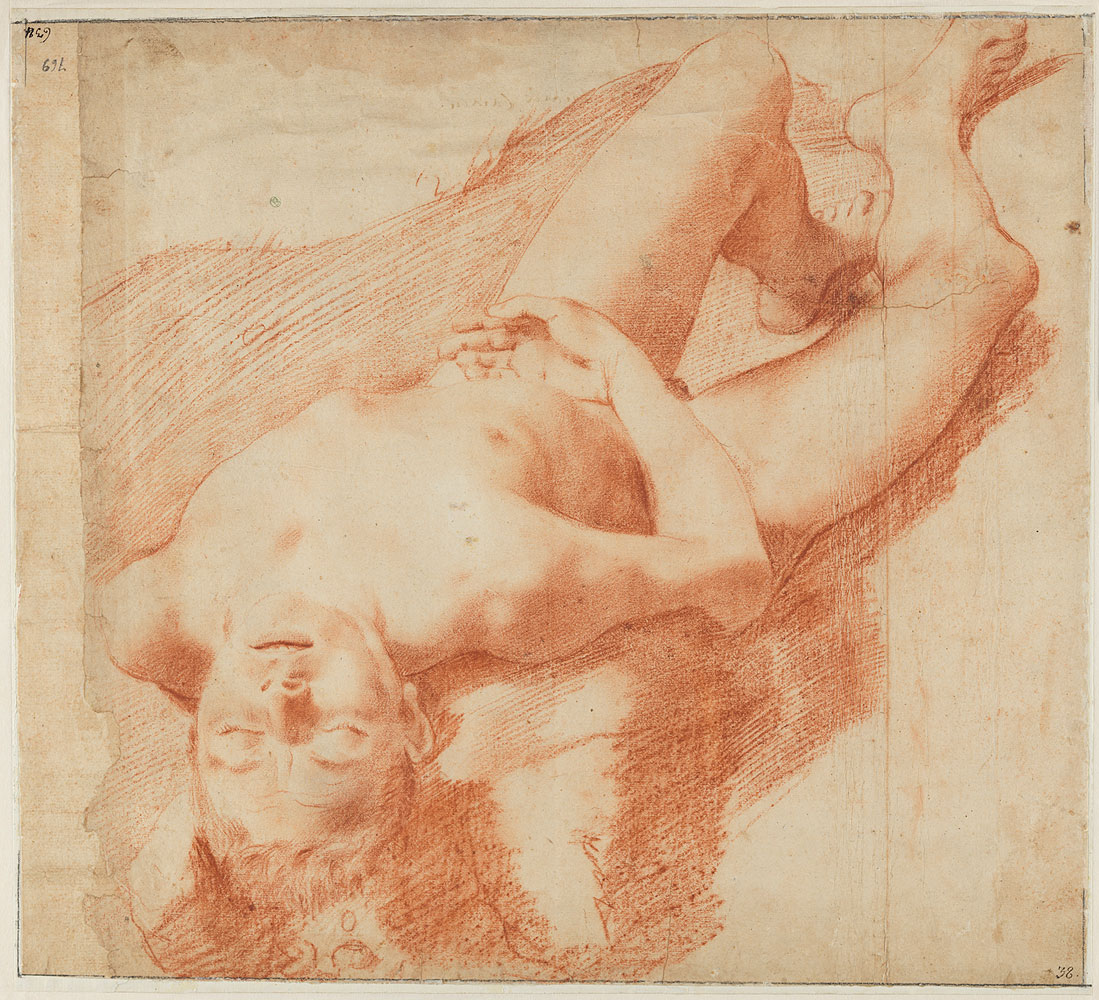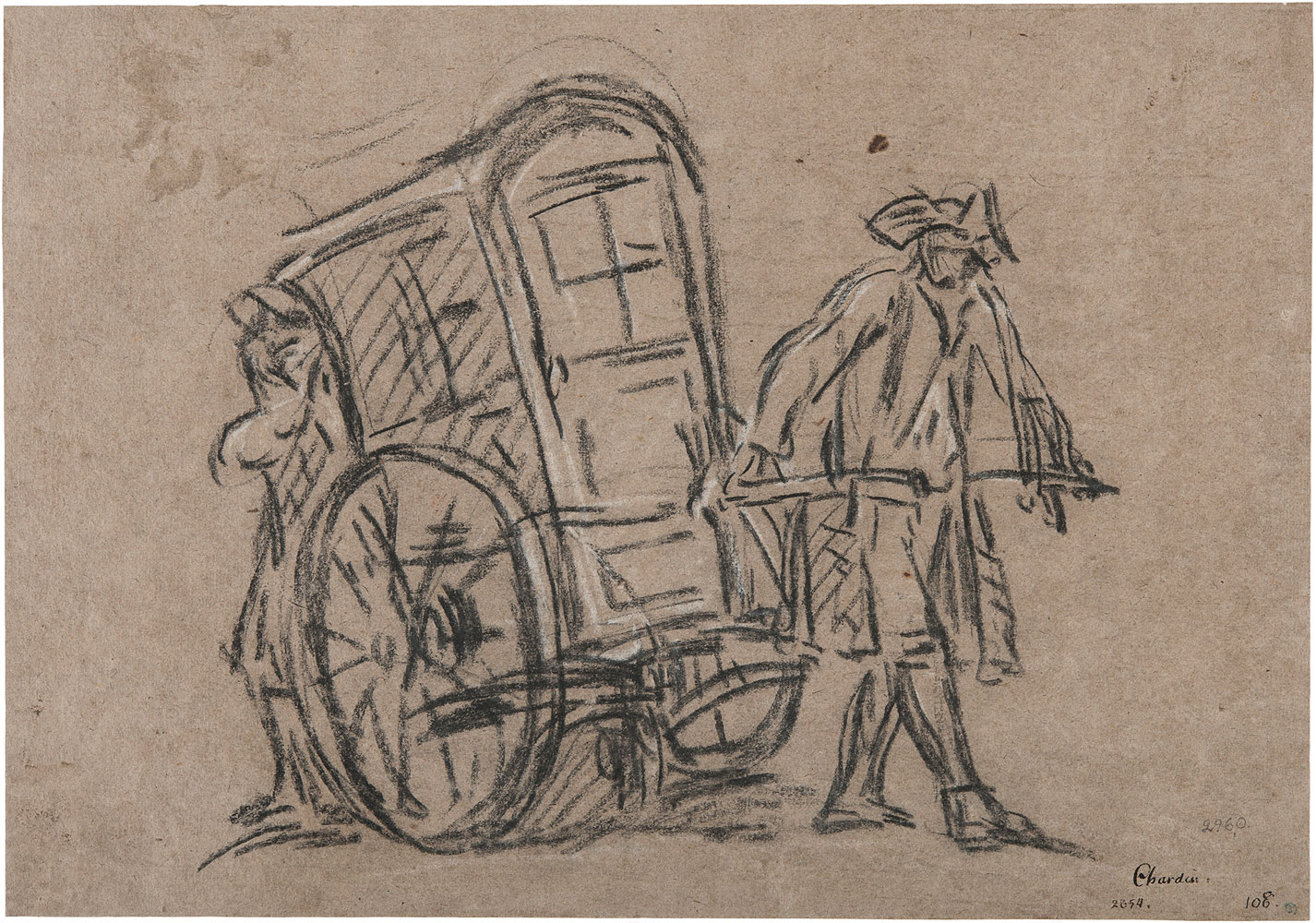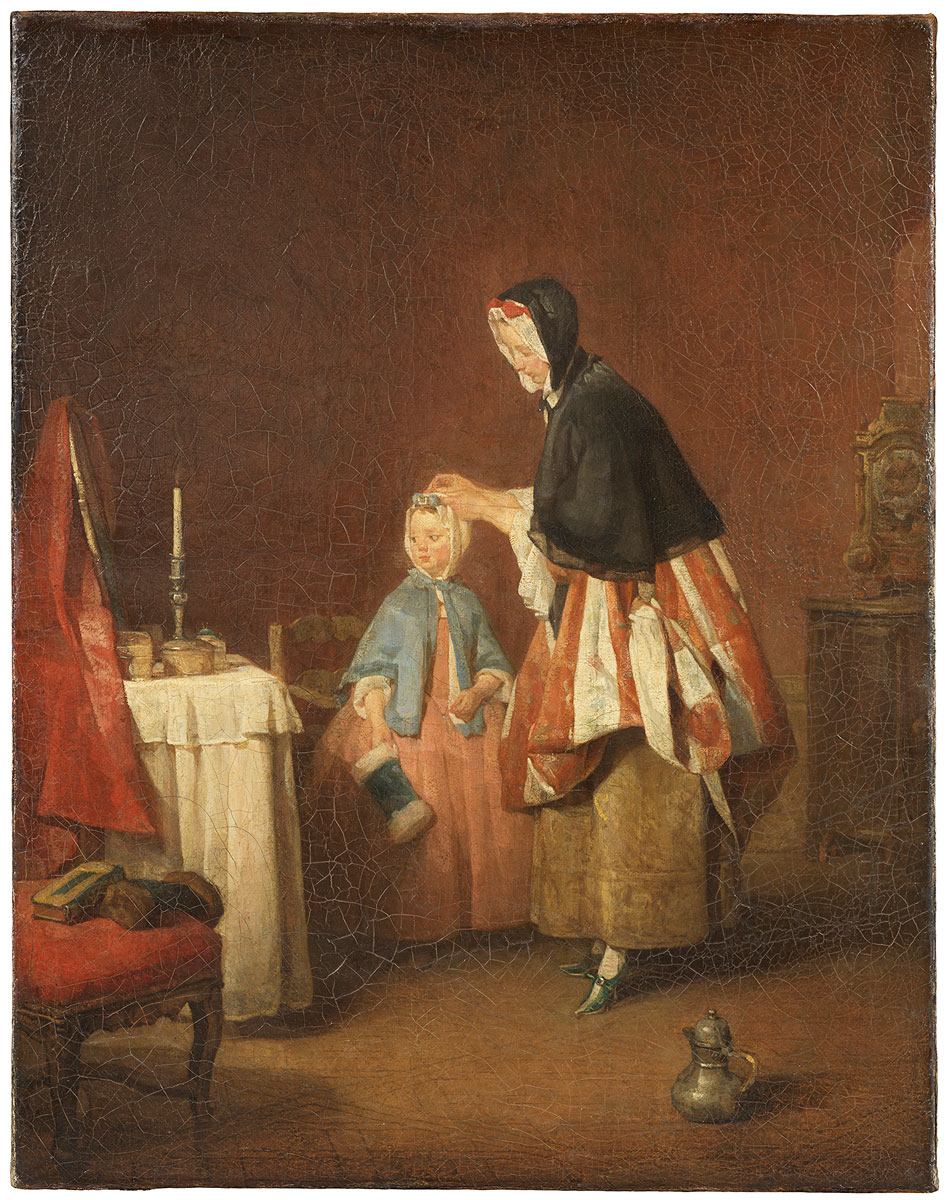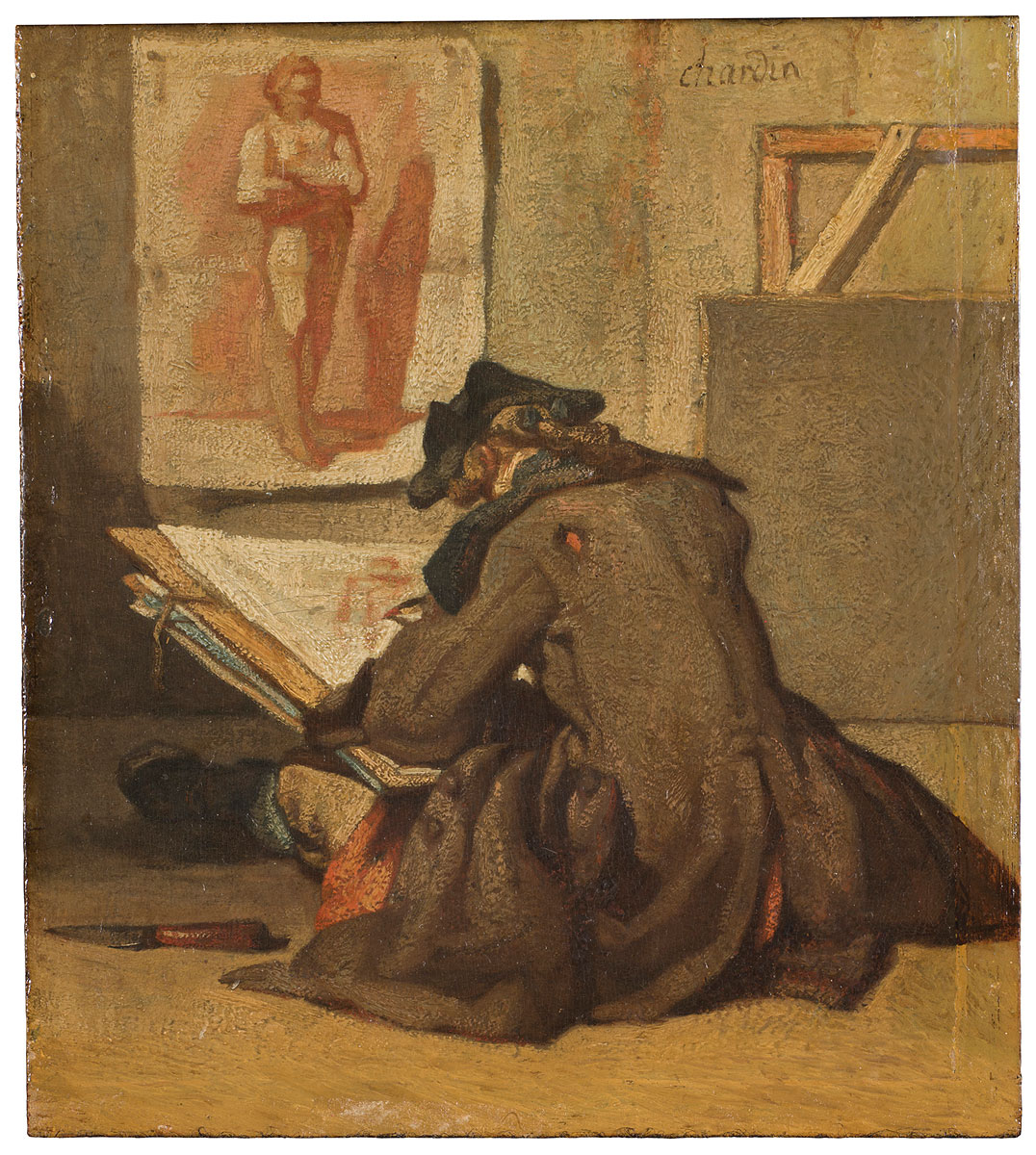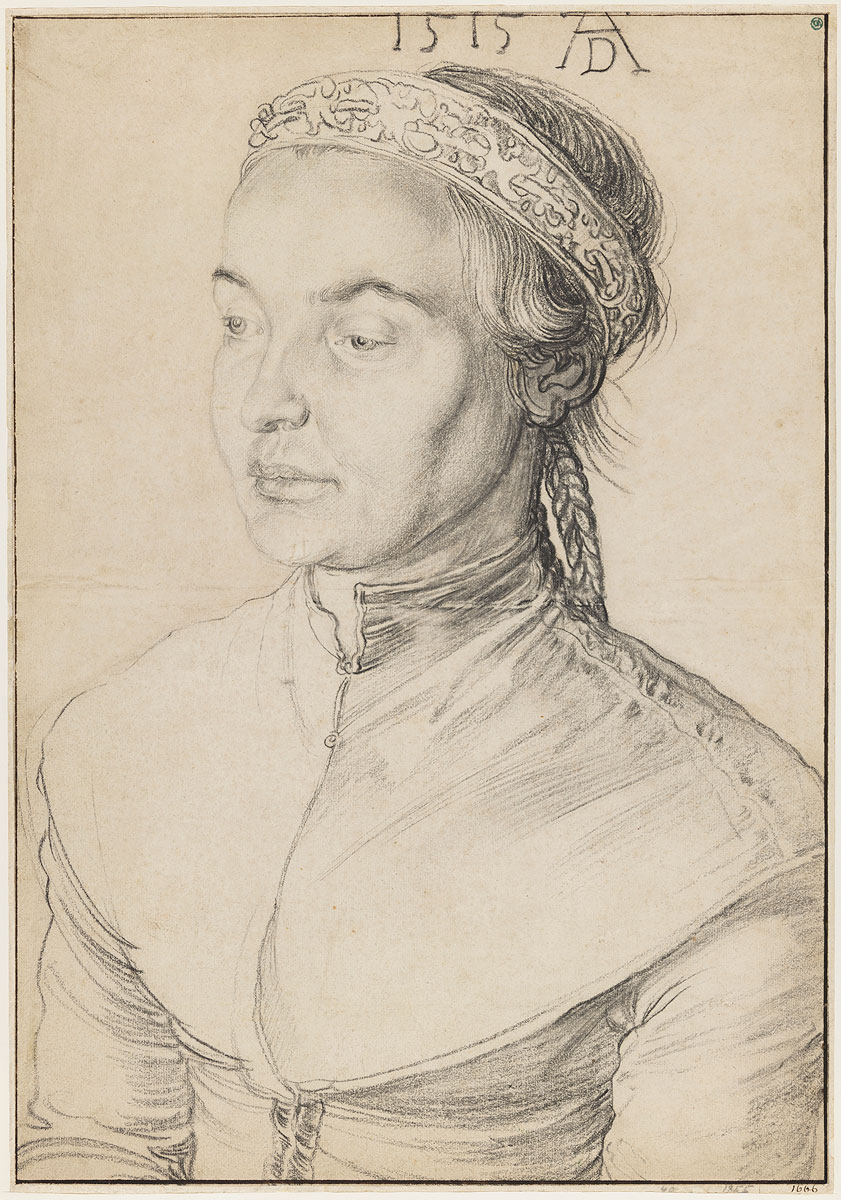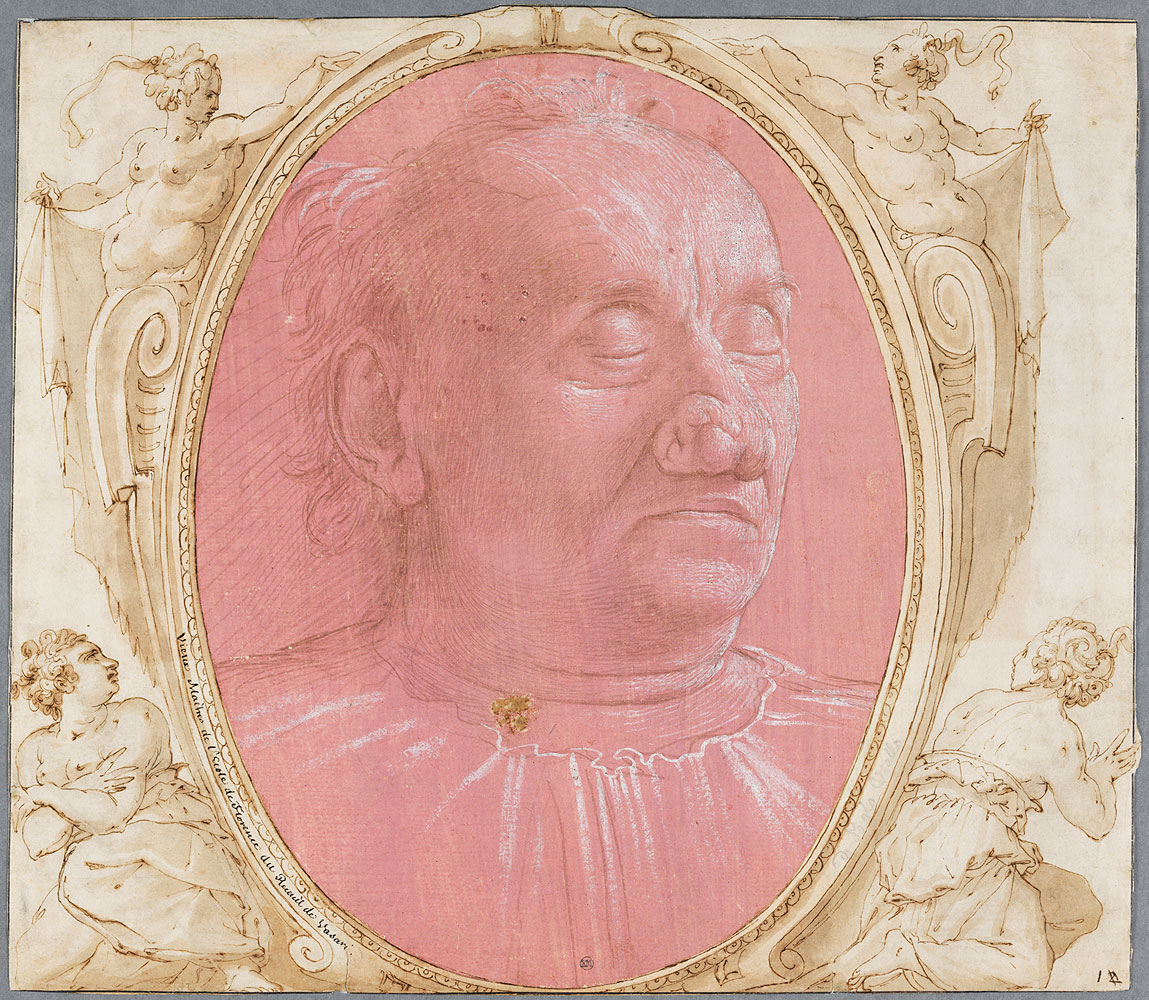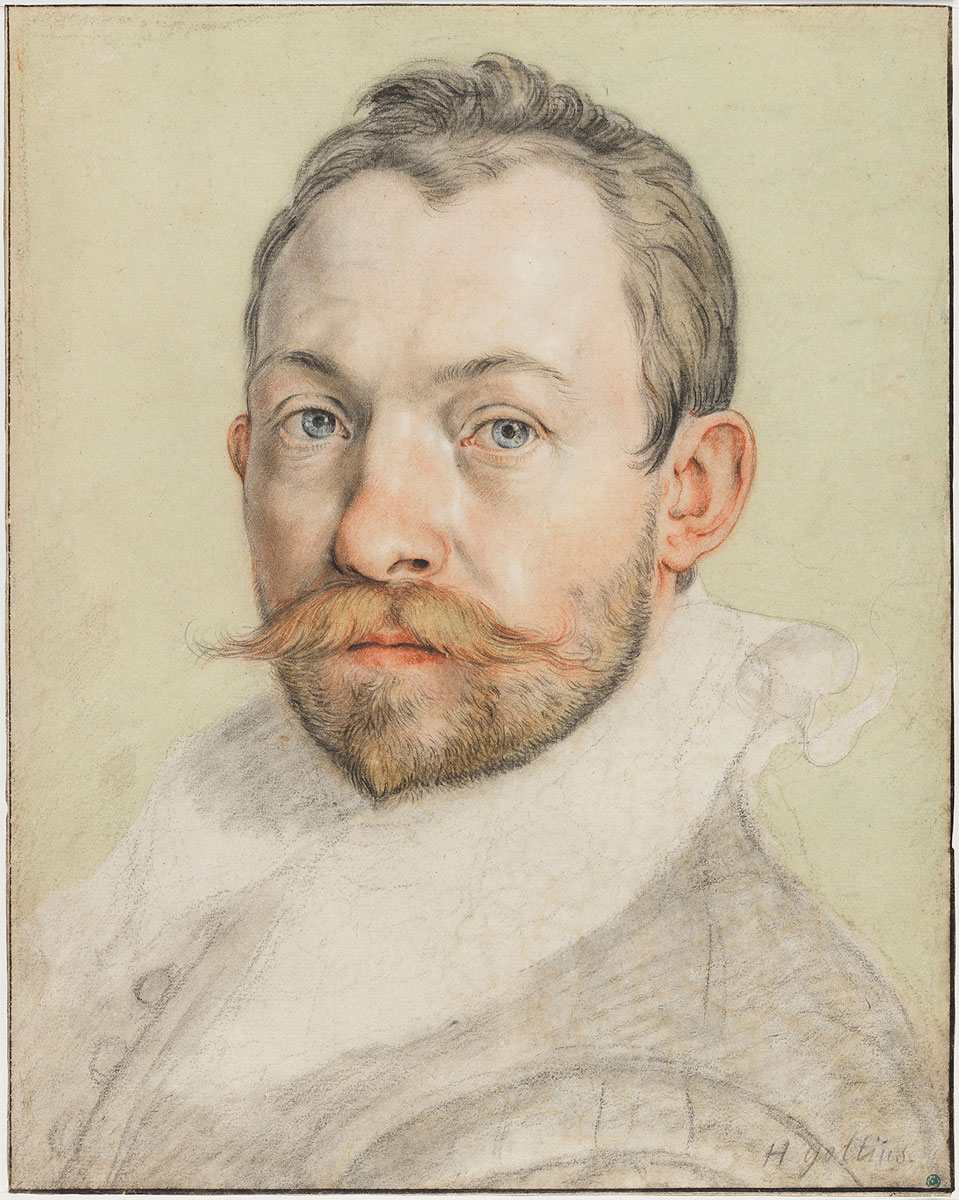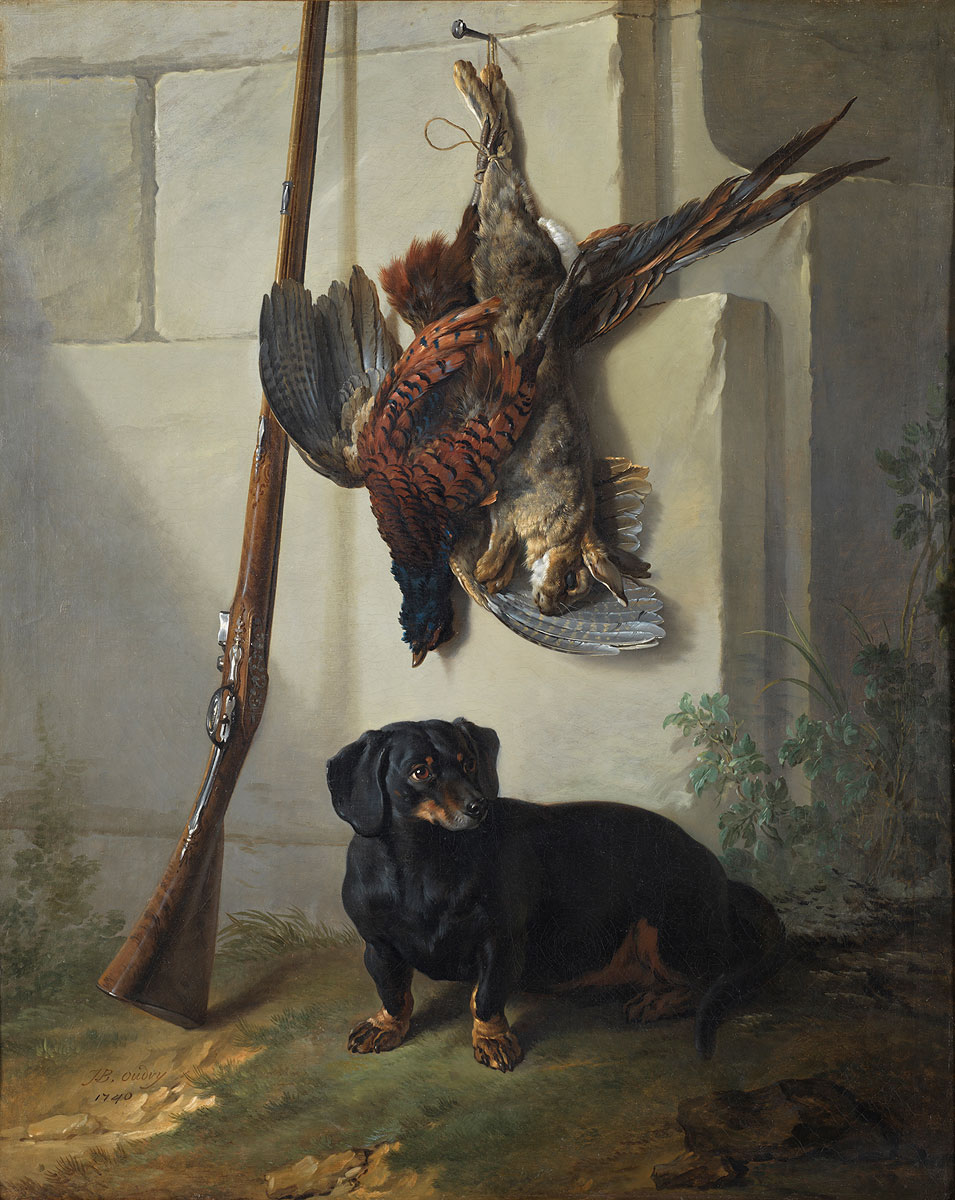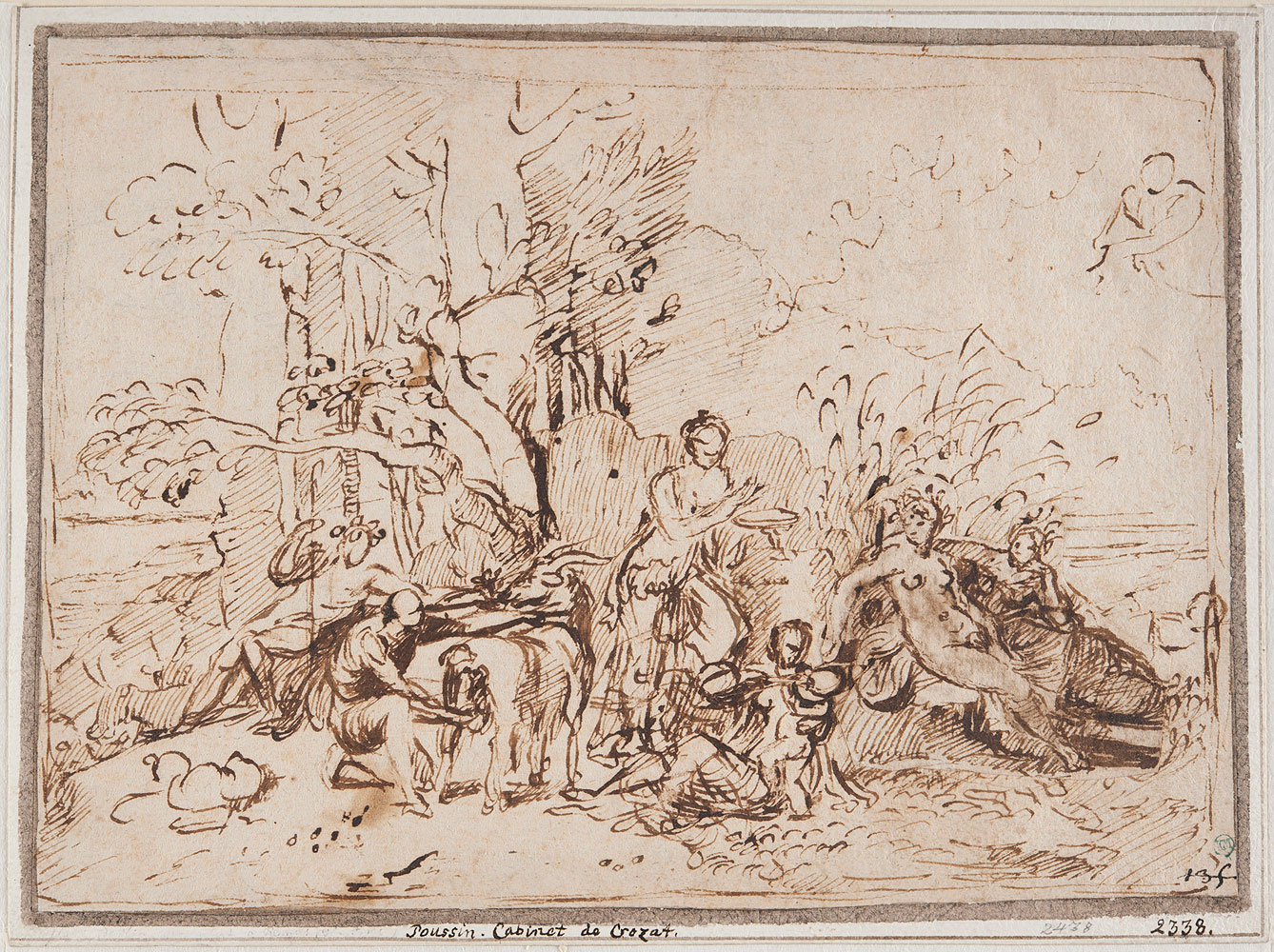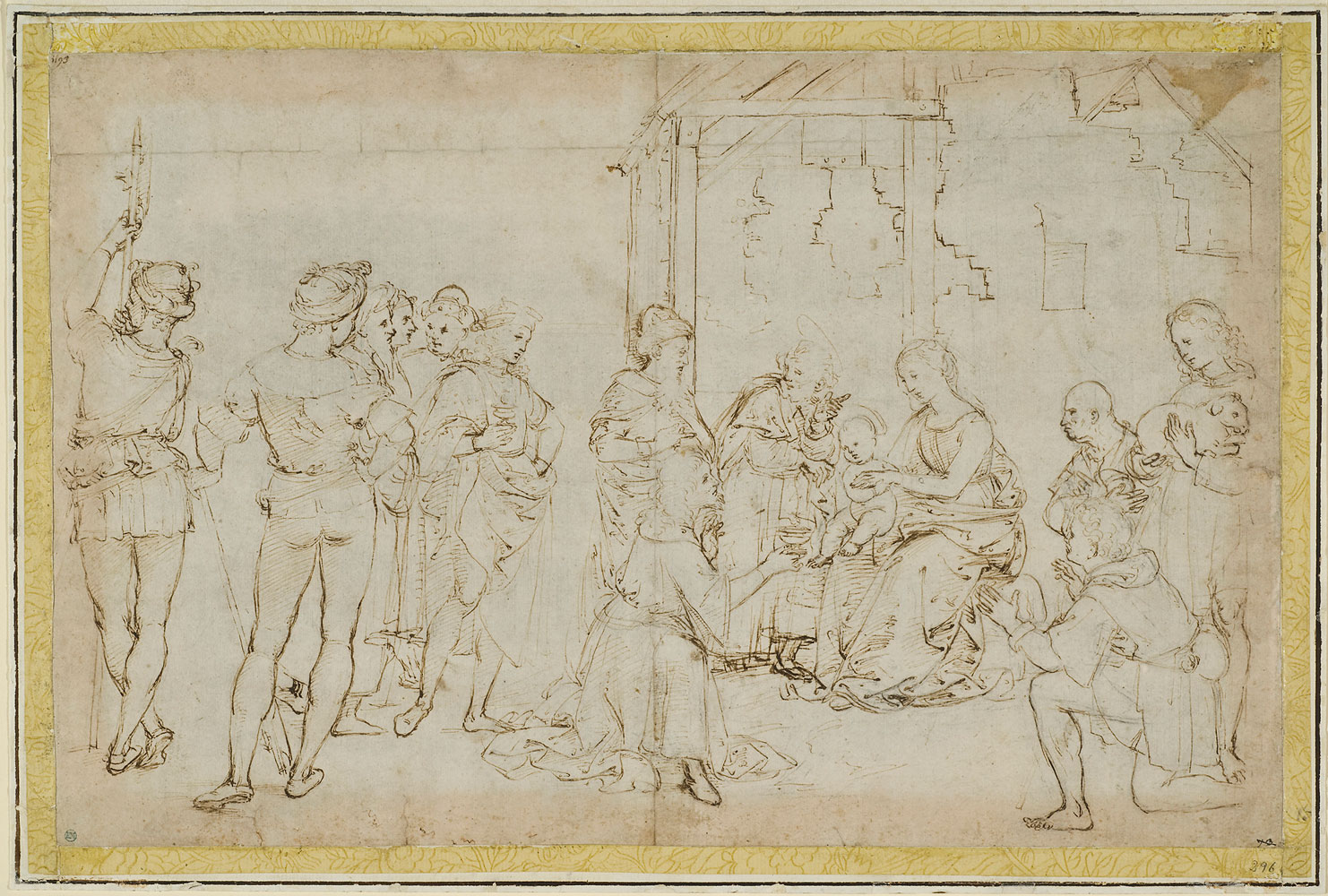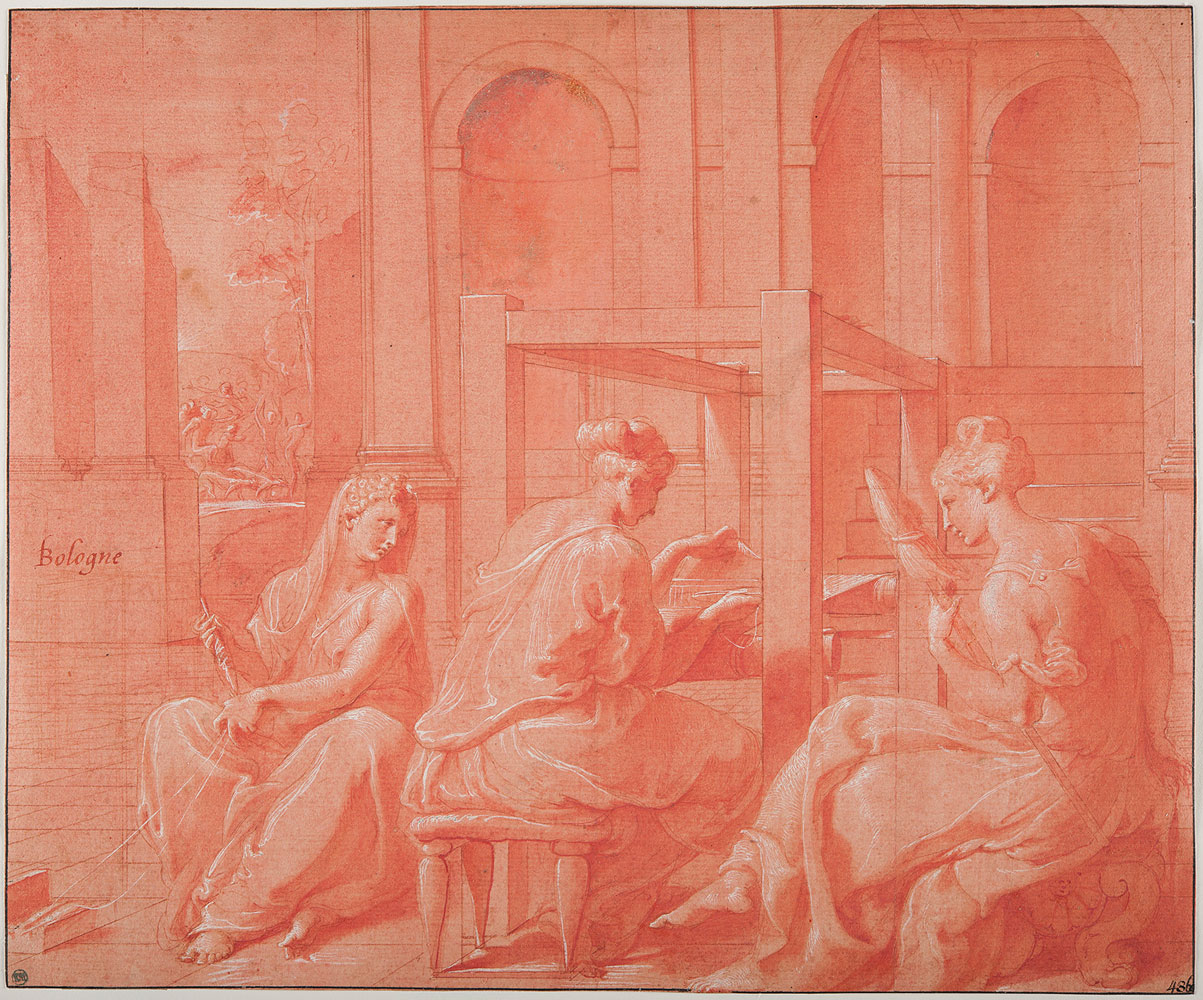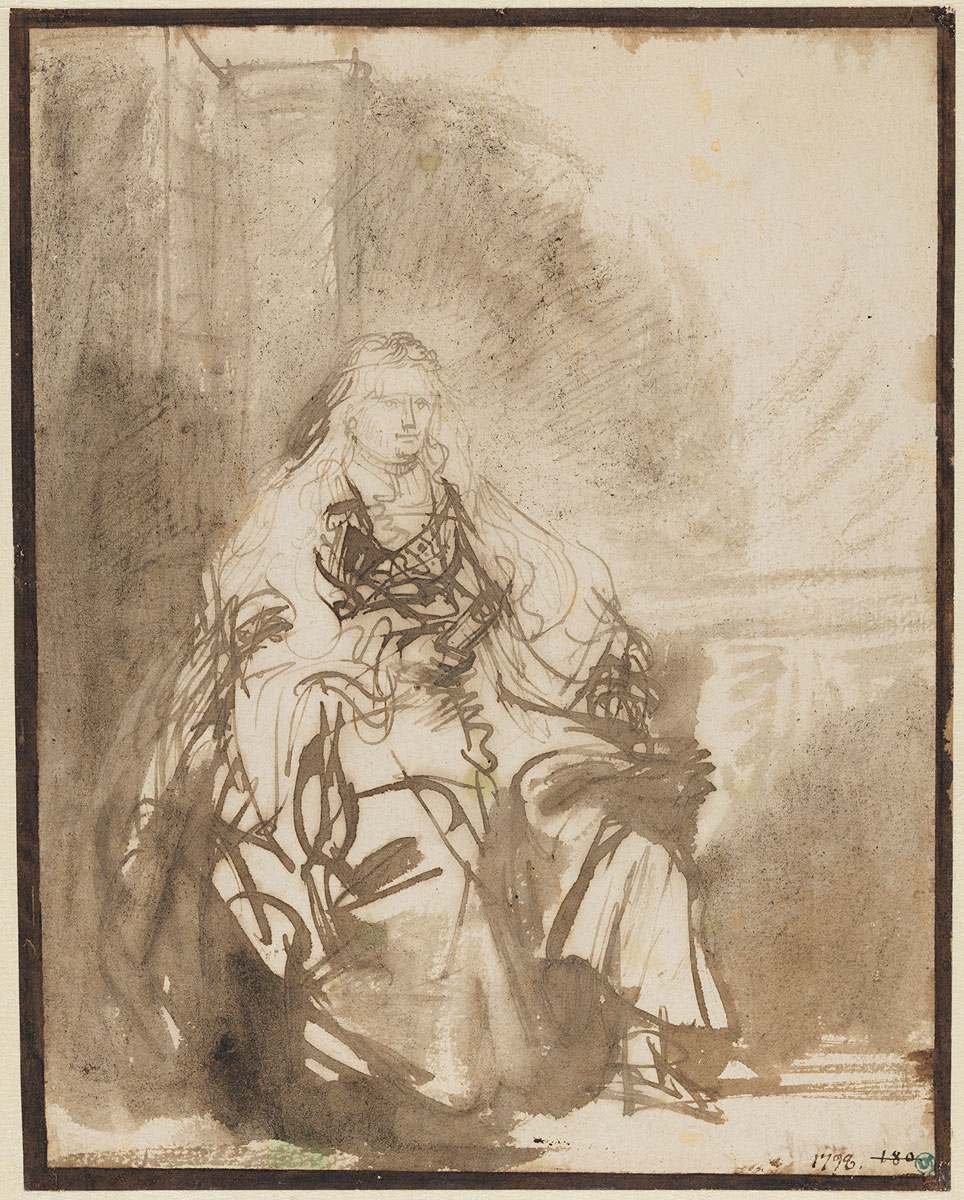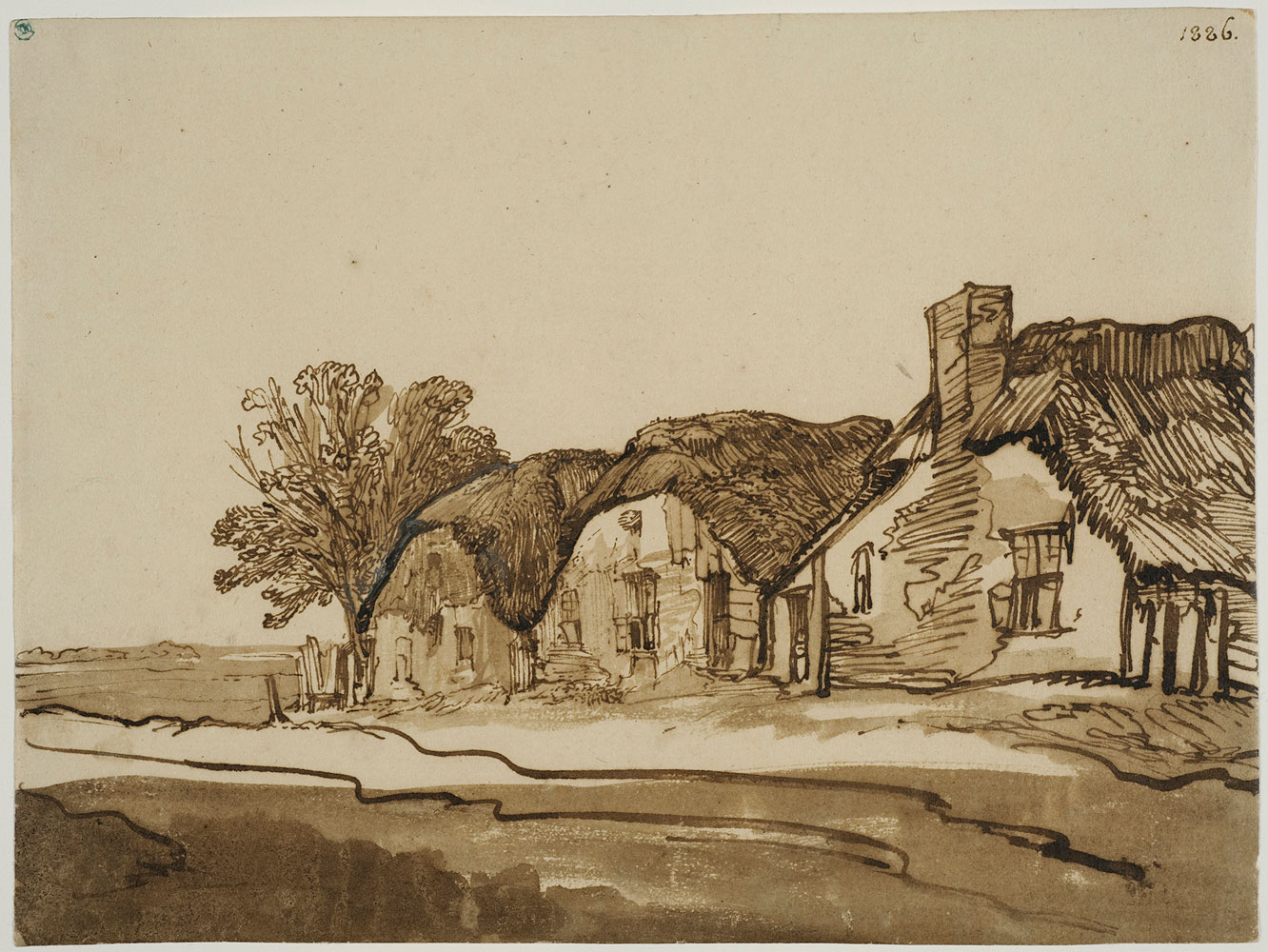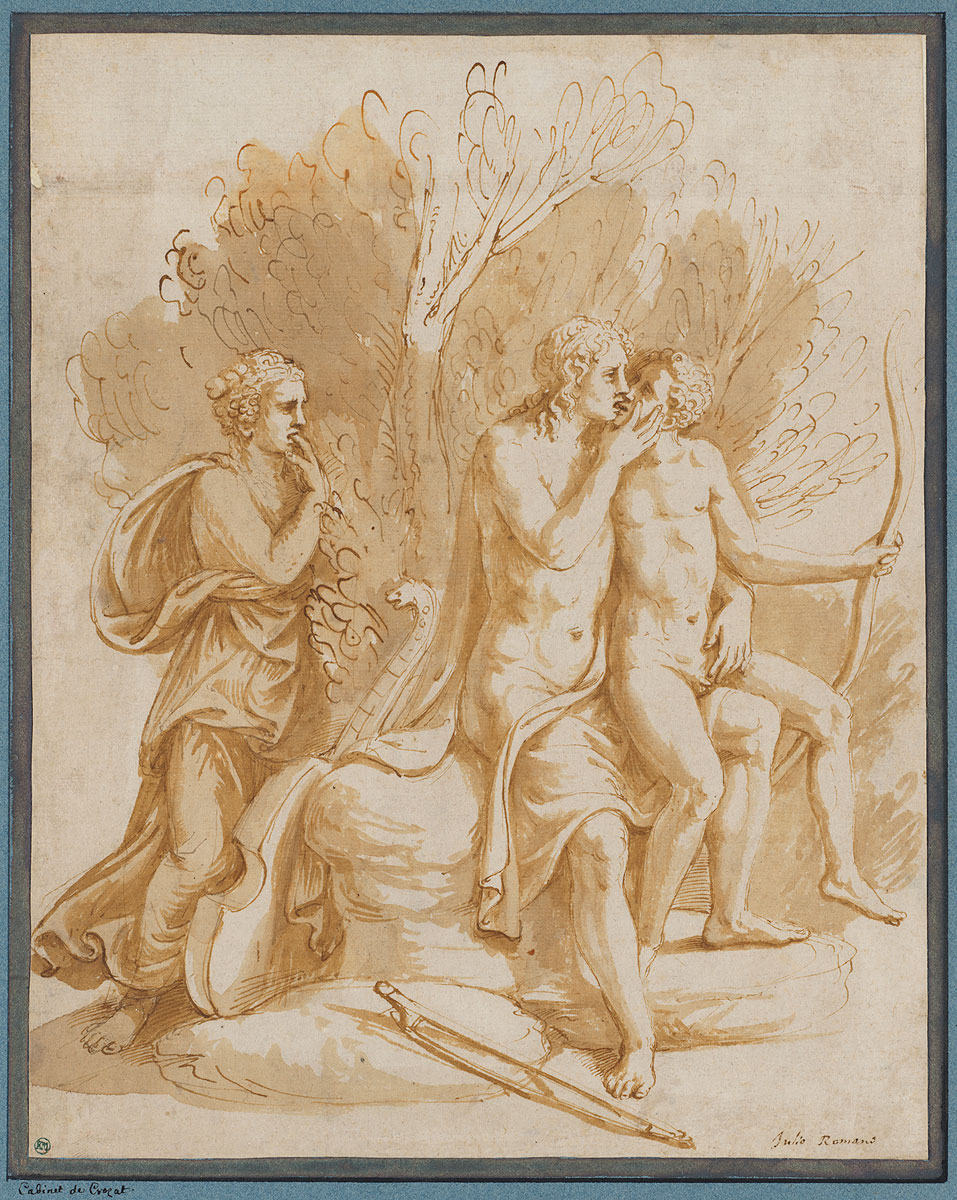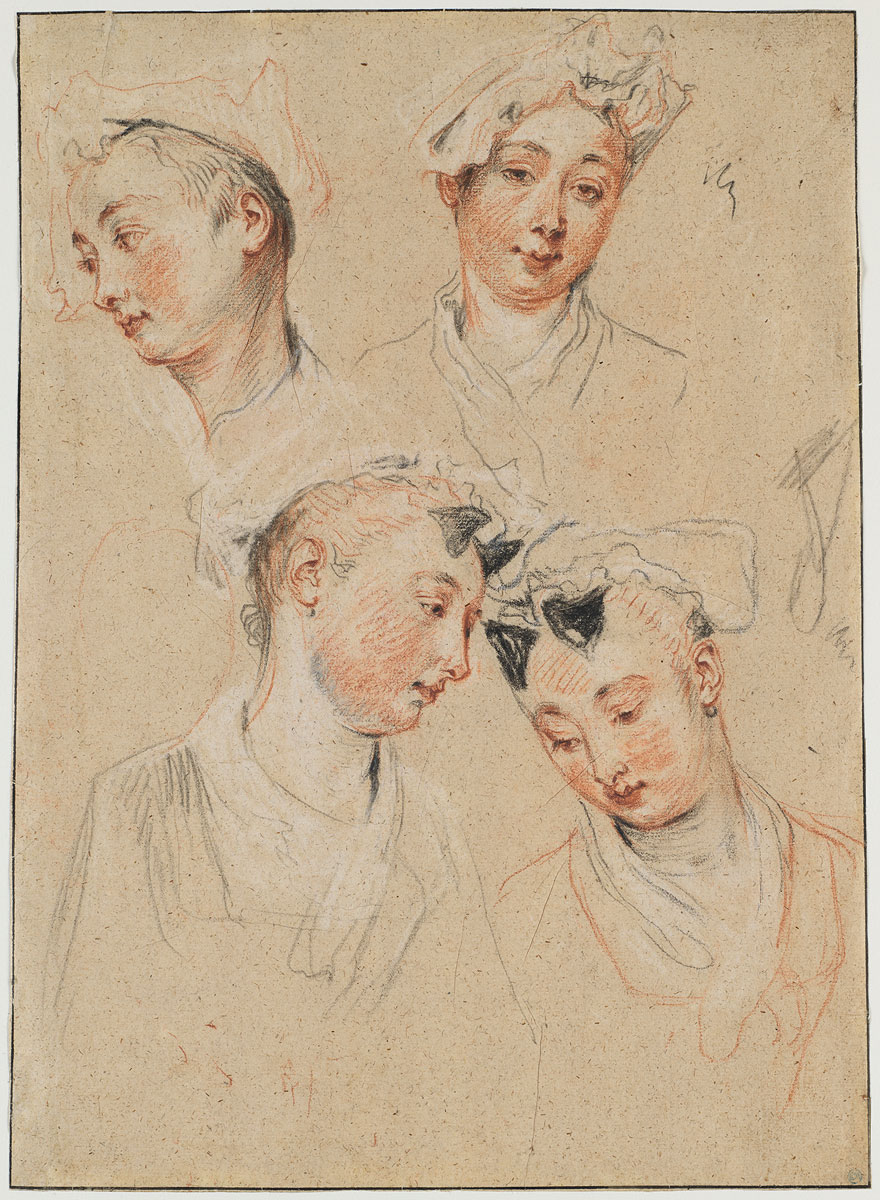The Nationalmuseum, Sweden’s largest and most distinguished art institution, is partnering with the Morgan to bring more than seventy-five masterpieces from its collections to New York for a rare visit. The show includes work by artists such as Albrecht Dürer, Raphael, Peter Paul Rubens, Rembrandt van Rijn, Antoine Watteau, and François Boucher.
The core holdings of the Nationalmuseum were assembled by Count Carl Gustaf Tessin (1696–1770), a diplomat and one of the great art collectors of his day. On assignment in Paris from 1739, Tessin came into contact with the leading artists of the time and commissioned many works from them. He was also among the most active buyers at major sales of old master paintings and drawings. By the time he left Paris in 1742, he had amassed a truly impressive collection.
Among the fourteen paintings in the exhibition are three commissioned by Tessin and exhibited at the 1740 Parisian Salon: Boucher’s Triumph of Venus, Jean-Baptiste Oudry’s Dachshound Pehr with Dead Game and Rifle, and a Portrait of Count Tessin by Jacques-André-Joseph Aved, in which the collector is shown among his art, books, and medals. The group of paintings will also feature six works by Jean-Siméon Chardin.
The drawings include works by Italian masters such as Domenico Ghirlandaio, Raphael, Giulio Romano, and Annibale Carracci. Northern European artists are represented by Dürer, Hendrik Goltzius, Rubens, Rembrandt, and Anthony van Dyck, among others. The French drawings begin with Francesco Primaticcio and practitioners of the Fountainebleau school and include works by Jacques Callot and Nicholas Poussin, as well as Count Tessin’s French contemporaries, Boucher, Chardin, and Watteau.
Watch Colin B. Bailey, Director of the Morgan, discuss Boucher’s Triumph of Venus.
Treasures from the Nationalmuseum of Sweden: The Collections of Count Tessin is made possible by a lead gift from the Michel David-Weill Foundation, major funding from The Gilbert and Ildiko Butler Family Foundation and the Jerome L. Greene Foundation, and generous support from the Johansson Family Foundation, Katharine J. Rayner, the Christian Humann Foundation, the Barbro Osher Pro Suecia Foundation, and The American-Scandinavian Foundation.
![]()
![]()
François Boucher (1703–1770), The Triumph of Venus, 1740. Oil on canvas, 130 x 162 cm. Nationalmuseum, Stockholm.
